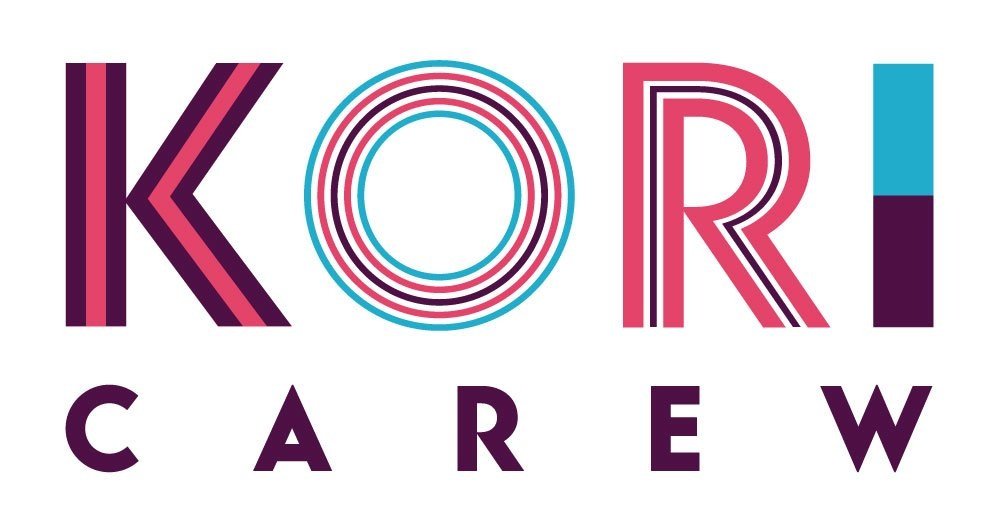Talent Development Needs DEIB to work well. DEIB needs Talent Development to Work Well.
My first call from Thompson Hine came during my rest. I had not planned on working in January but instead planned to use that month to rest and plan. “Can you come and train our Executive Committee on interrupting bias before the partner compensation meetings?” The beauty of being a consultant is all the problems we get to help our clients solve. But more than that, there is an energy when you see clients doing proactive things aligned with their commitment to equity. Many organizations have siloed Diversity, Equity and Inclusion (DEI) and Professional Development (PD) teams. In my work, I have always integrated talent management into my DEIB work because they cannot be separated if either is to be done well. So when I received the request during my rest month I said, “YES!” Here is how Carole Deeter, Manager of Professional Development at Thompson Hine speaks about the collaboration between the DEI and PD teams:
“At Thompson Hine, we work hard to infuse inclusive practices in all aspects of professional development. For training and development programs, we consider equitable access to opportunities. This includes having consistent and objective measures for who is asked to participate and not making decisions in a vacuum. We also think intentionally about who we ask to present on specific topics, from mixing up speakers to spread the opportunities around to carefully considering representation across practice area, office, and identity. When we design new initiatives, we do not just focus on programming for our attorneys from underrepresented groups. Rather, we focus on designing initiatives that are inclusive from inception to completion so that everyone has equitable access to support, and if supplemental options are needed, we include those as well.
We also have multiple bias interrupters built into our evaluation, compensation, promotion, and bonus cycles. This bias interruption starts with mandatory firmwide inclusion training and continues with specific and targeted training for our evaluation & compensation committees prior to their annual meetings that remind them of how bias shows up in these processes and how to counteract it. Our firmwide DEI chair is a member of the employed lawyer evaluation committee to help promote both objectivity and inclusion throughout the process. And we close out this meeting with an in-depth equity analysis to make sure that objective measures are applied fairly.”
What do talent development and DEI have to do with each other? Everything. An organization that wants to increase diversity must look at how it hires and recruits, how it develops its people, and how it promotes people with a sense of inclusion, belonging and equity. The experiences of exclusion or belonging are in the day to day interactions people have at work — who gets work, who gets the good work, who is engaged with, whose ideas are heard, whose contributions are valued. Often, the inequities people experience are embedded in the very process and systems, or lack thereof. This is why any solid talent management strategy or DEIB strategy, will integrate both talent development and DEIB.
Kudos to Thompson Hine and other firms working collaboratively to have talent approaches that integrate best practices of DEI and PD.
Need support with your talent development, leadership development, culture change, or DEIB programs and strategies? Contact me.
Jill Attkisson, Chief Talent Officer, Thompson Hine
Carole Deeter, Manager, Professional Development, Thompson Hine
Justine Lewis, Senior Manager, Diversity, Equity and Inclusion, Thompson Hine




